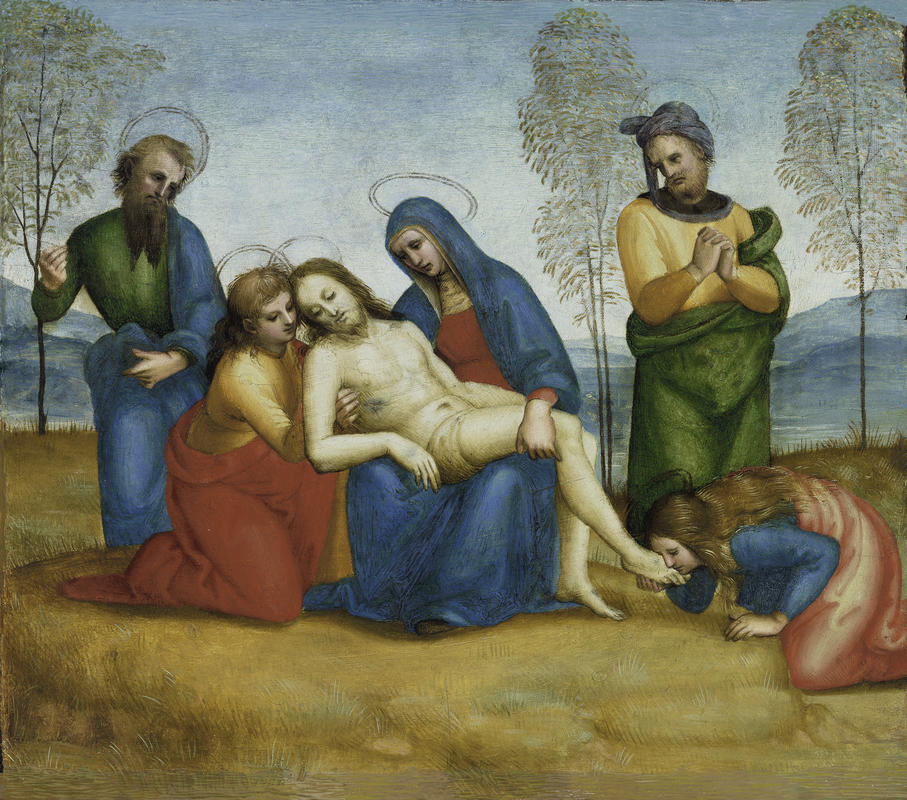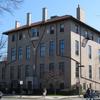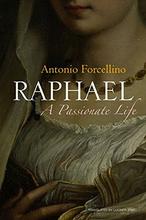More about Lamentation Over The Dead Christ
- All
- Info
- Shop

Contributor
The dawning years of the 16th century saw young Raffaello Sanzio da Urbino take up an apprenticeship in Perugia.
Under the tutelage of Pietro Perugino, Raphael adopted a style marked by bright, transcendent colors, and a harmonious relationship between background architecture and his foreground subjects. During his time in Perugia, he was commissioned to do an altarpiece, a version of the Virgin Mary’s coronation in the Oddi Chapel of the church of San Francesco, which became his first official work, The Marriage of the Virgin, in 1504. The Virgin sparked a departure from Perugino’s influence, showing much greater dynamic action between the human subjects than most of his predecessors. The rendition of the famous Pieta scene you see here was also painted during that time in his life, shortly before he furthered his craft in Florence.
Lamentation used to be part of the predella of an altarpiece in the convent of Saint Anthony in Perugia. The main part of it depicting the Virgin Mary and Child lies in the Met in New York, while the other pieces are in the National Gallery of London and the Dulwich Picture Gallery.
The convent sold the piece to Queen Christina of Sweden, who had it from 1663 to 1689, from whence it fell into the hands of the Duke of Orleans, regent of France, in 1721, whose descendants could boast of its possession until 1801. Sir Thomas Lawrence, painter and fellow collector, had it in his hands from 1769-1830. Isabella Gardner bought the piece on November 17, 1900 for $24,277.
Sources
- “Lamentation over the Dead Christ.” n.d. Lamentation over the Dead Christ | Isabella Stewart Gardner Museum. Isabella Stewart Gardner Museum. Accessed December 17, 2019. https://www.gardnermuseum.org/experience/collection/11774.
- Richard Lingner, "Pietà," in Eye of the Beholder, edited by Alan Chong et al. (Boston: ISGM and Beacon Press, 2003): 77.
- The Editors of Encyclopaedia Britannica. 2019. “Raphael.” Encyclopædia Britannica. Encyclopædia Britannica, inc. May 28, 2019. https://www.britannica.com/biography/Raphael-Italian-painter-and-archit….













I really enjoyed this artwork. The scarcity of leaves on the tree as well as the brown grass may suggest that this picture took place sometime in the fall, or maybe even the winter. The expressions on the faces of the people look sad or maybe even a bit emotionless. The person that is being supported bu the other people could quite possibly be dying. That or the person needs help staying upright because he is grieving Christ's death. The person could also be Christ, or just someone mourning Christ. There are halos above the peoples heads, maybe suggesting that the people are actually in fact angels. I think the bluish mountains in the back have a lot of depth which adds quite nicely to the photo. This is a really nice and interesting picture. A lot of questions to be asked.